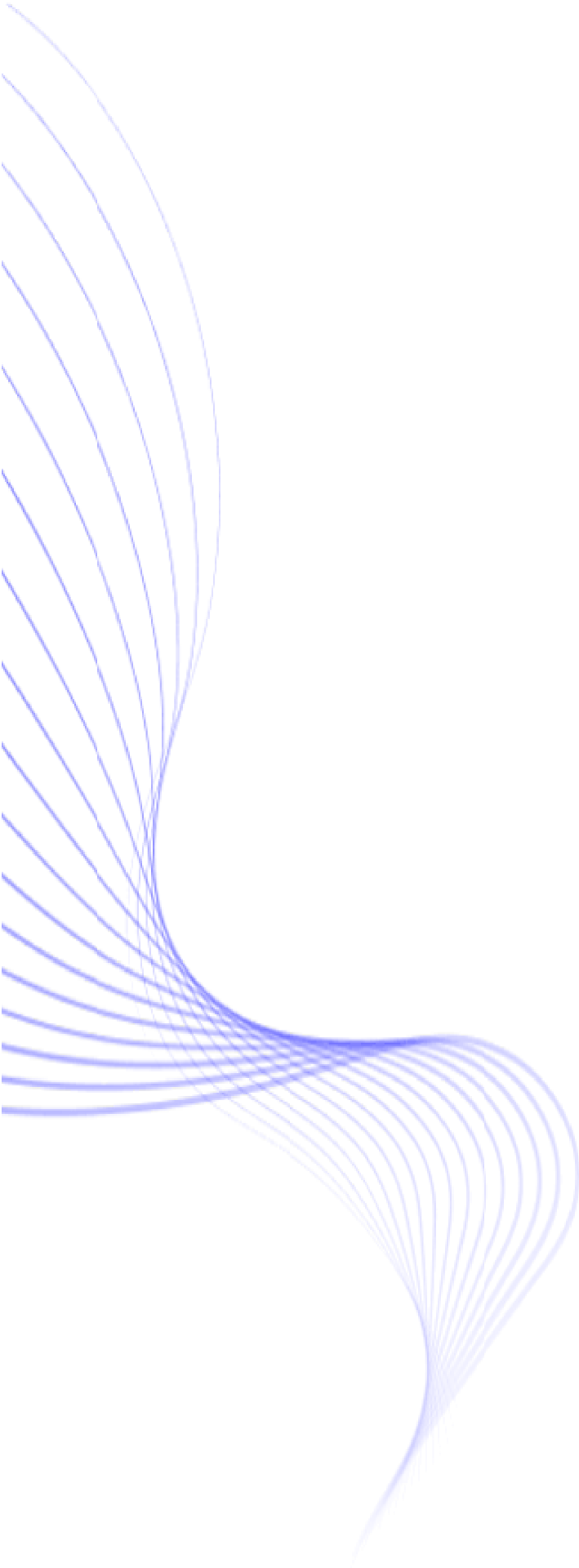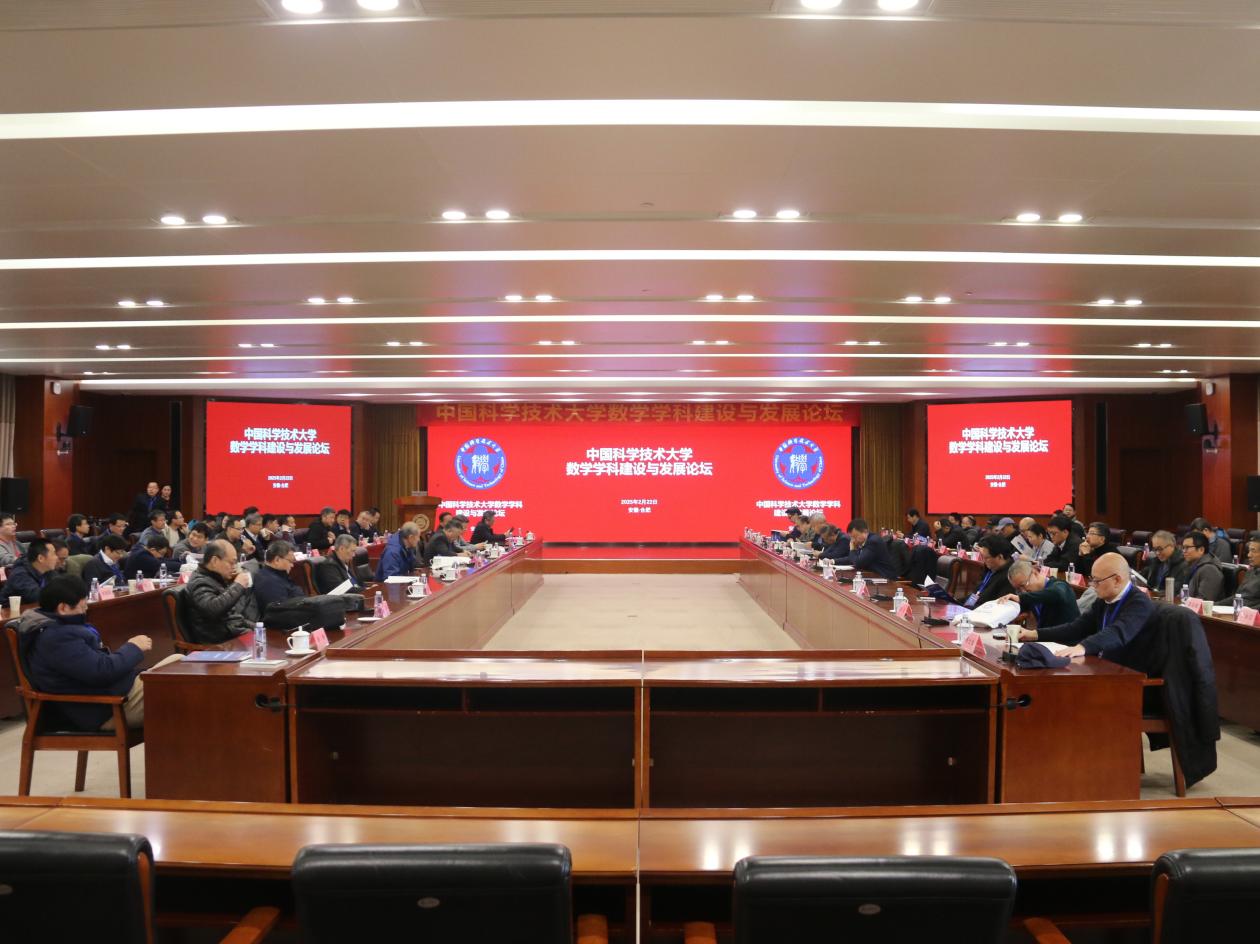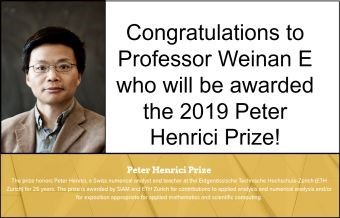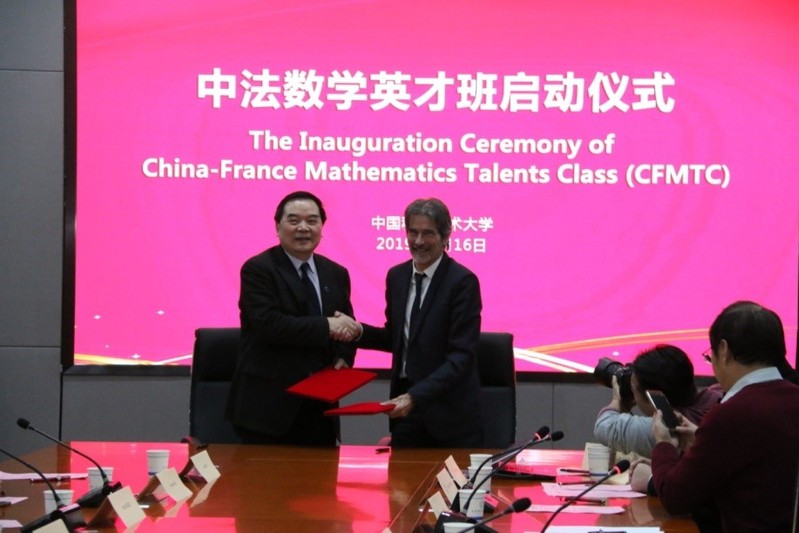ABOUT SMS
moreThe School of Mathematical Sciences established in 1958, the Department of Mathematics was chaired by Prof. Luogeng Hua, the well-known mathematician. A number of distinguished mathematicians, such as Dr. Zhaozhi Guan, Wenjun Wu, Kang Feng, Sheng Gong, Yuan Wang, etc. taught here. In May 2011, the School of Mathematical Sciences was formally established, and the first dean is the academician, Prof. Zhiming Ma.
The School of Mathematical Sciences is the first national base for science students' education and key training base for doctors of CAS. It has the “Changjiang Scholarship” distinguished position and is authorized to grant all Mathematical Ph.D. degrees. In 2007, the School of Mathematical Sciences was granted the first level key discipline and constructive discipline of “985” 211” and“knowledge innovation” of CAS programs. In order to attract more researchers on the top level, the School of Mathematical Sciences is offered with“Hua Luogeng Master Professorship” and“Wu Wenjun Master Professorship” by USTC.










